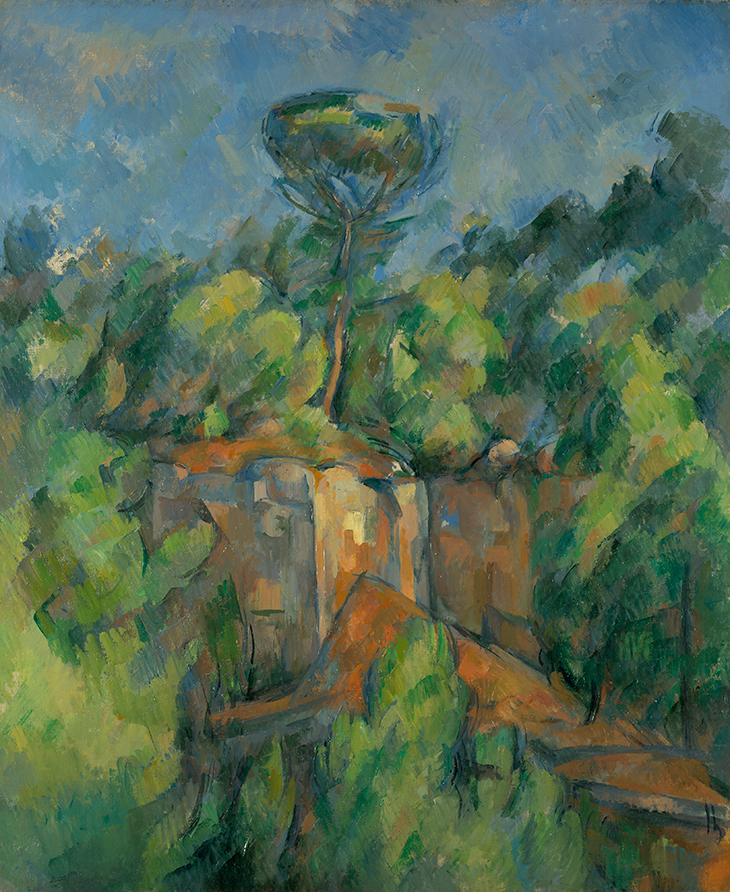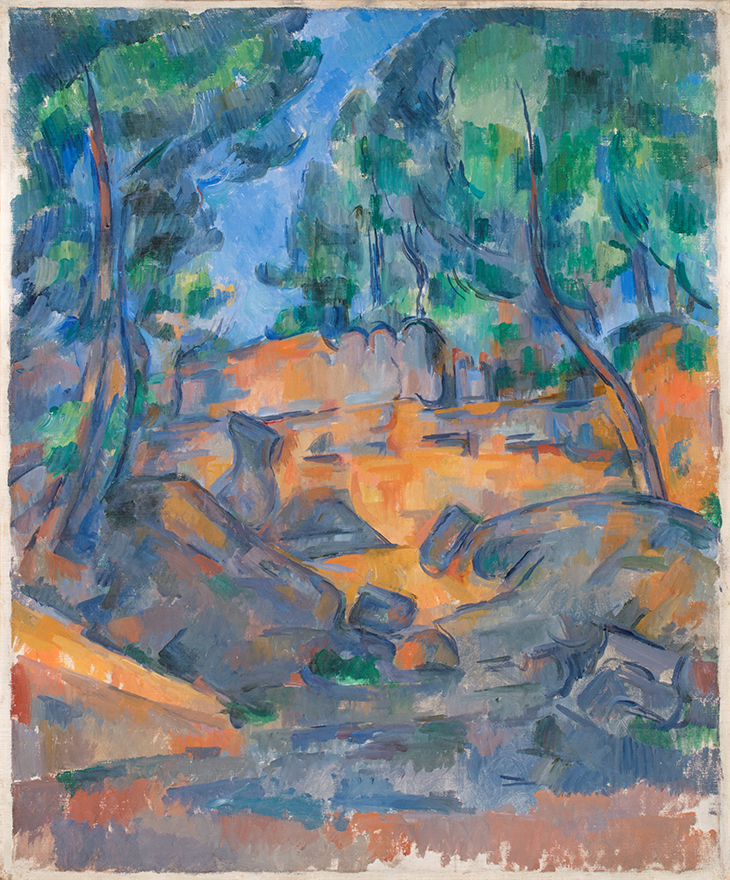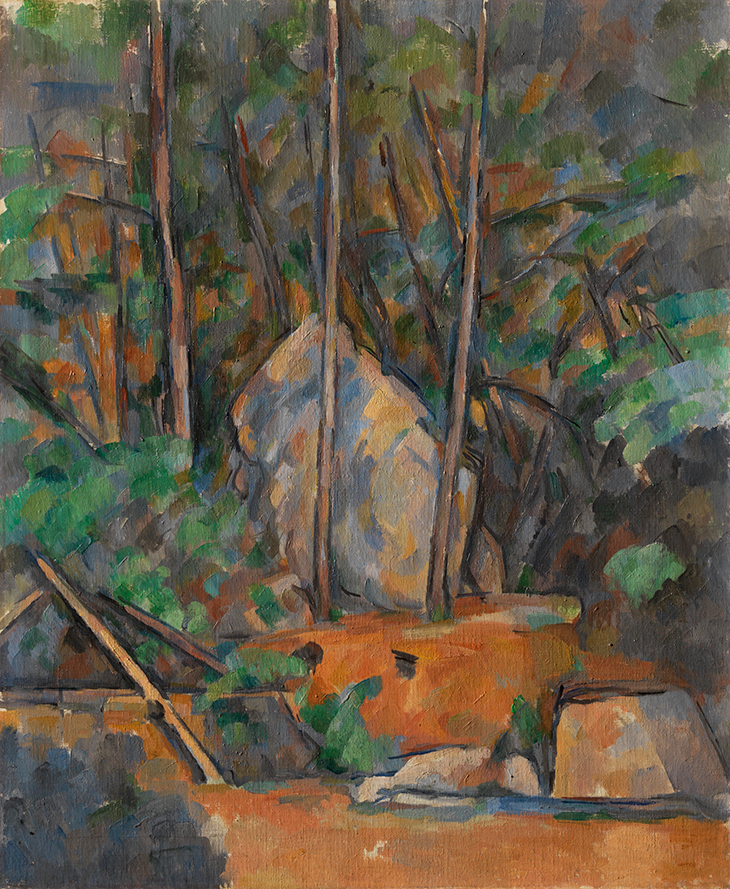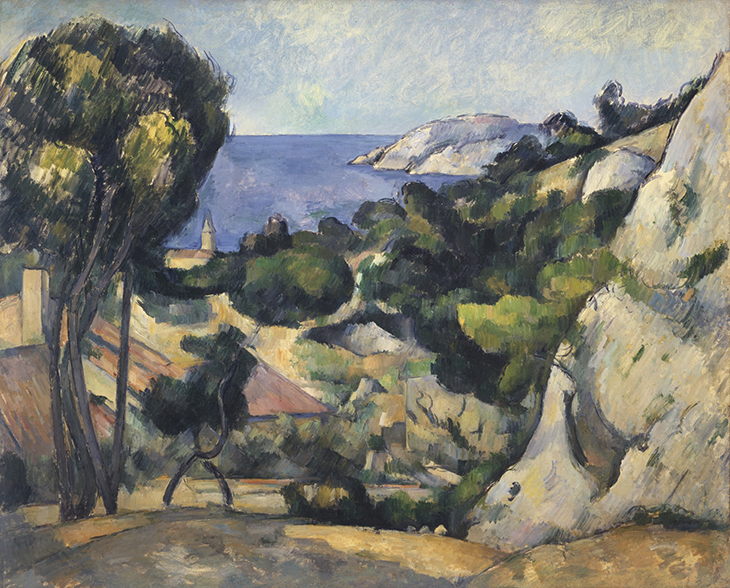While some museums remain shuttered due to the Covid-19 pandemic, Apollo’s usual weekly pick of exhibitions will include shows at institutions that are now reopening as well as digital projects providing virtual access to art and culture.
Cézanne’s late landscapes are perhaps best characterised by the Mont Sainte-Victoire – the great mountain overlooking Aix-en-Provence that became a recurring motif from the 1880s. But the artist’s interest in geology ran far deeper; he frequently painted boulders, quarries and cliff faces close-up, fascinated by the textures and striations of the rock surfaces. This display of 15 oils and associated watercolour and pen studies was due to open at Princeton University Art Museum this spring, before travelling to the Royal Academy in London (the latter stop has been cancelled due to Covid-19). While Princeton is yet to announce its reopening date, the museum has released a 20-minute video tour of the show, narrated by curator John Elderfield, delving into this frequently overlooked aspect of Cézanne’s painting. Take the tour on the museum’s website.
Preview below | View Apollo’s Art Diary here
Bibémus Quarry (1895–1900), Paul Cézanne. Nelson-Atkins Museum of Art, Kansas City

Trees and Rocks (1900–04), Paul Cézanne. Dixon Gallery and Gardens, Memphis

Cistern in the Grounds of Château Noir (c. 1900), Paul Cézanne. Photo Bruce M. White; courtesy Princeton University Art Museum

L’Estaque (1879–83), Paul Cézanne. Museum of Modern Art, New York




